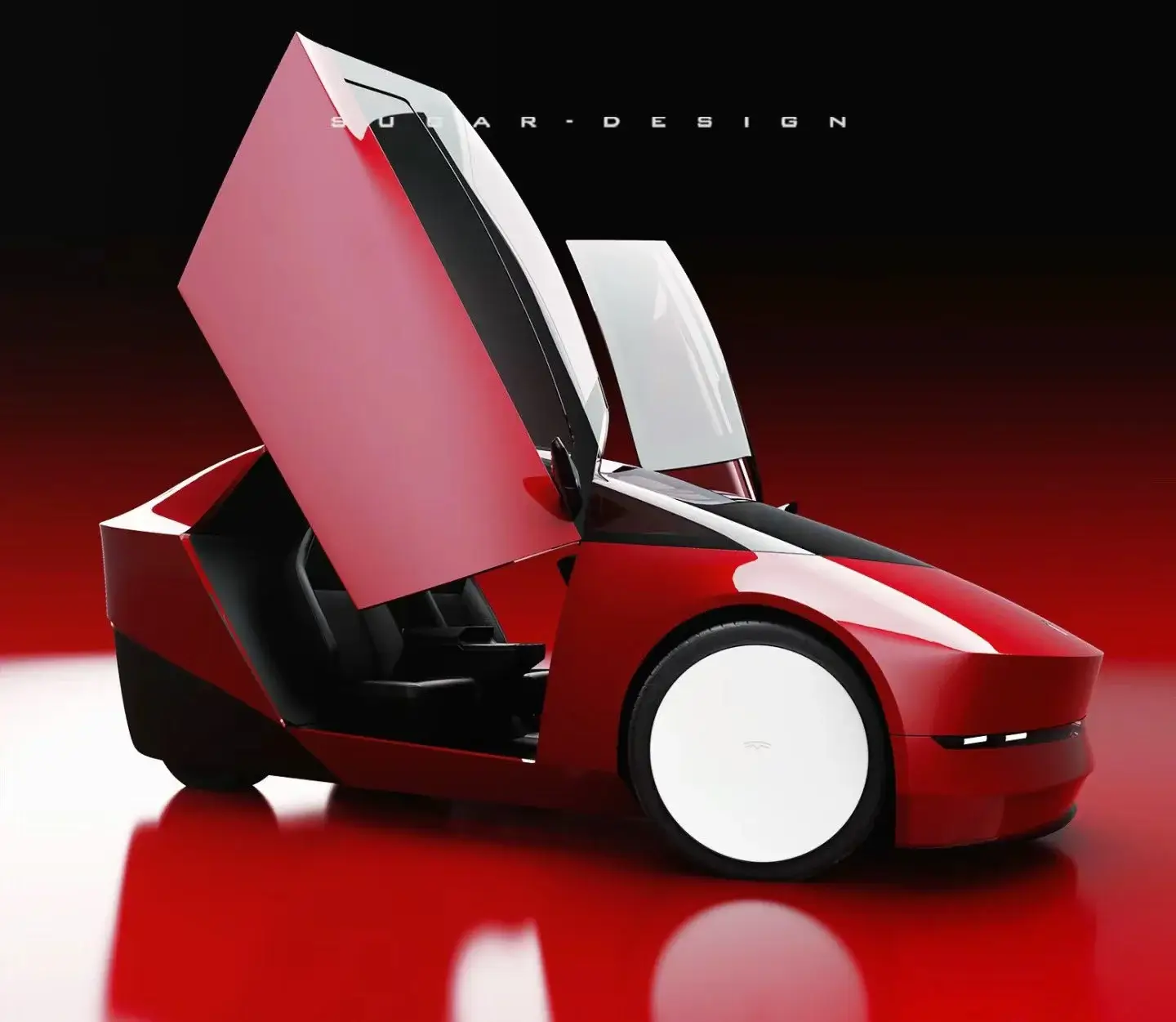Tesla’s Strategy for Scaling Vehicle Production Amid Economic Uncertainty
The automotive industry is buzzing with anticipation as Tesla officially announces its roadmap for the introduction of new, more affordable vehicle models by the first half of 2025. In a statement, Tesla revealed that these upcoming models will incorporate elements from its next-generation platform, along with features of its existing platforms. This hybrid approach aims to maintain production efficiency and mitigate costs amidst economic volatility.
Blending Platforms for Cost-Effective Manufacturing
Tesla’s new vehicle lineup will be manufactured on the same lines as its current models, a strategy designed to capitalize on existing infrastructure. While the initial cost reduction is not as significant as previously predicted, this tactic promises to enhance production volumes prudently. By integrating next-generation technology with current manufacturing processes, Tesla expects to streamline operations without the substantial capital expenditure (capex) required for entirely new production lines.
Focusing on Growth and Efficiency
Elon Musk’s vision for Tesla has always revolved around sustainable growth, and this new strategy reflects that ethos. The company aims to fully utilize its projected maximum capacity of approximately three million vehicles, driving a growth rate exceeding 50% over 2023 production levels. This approach not only curtails the need for immediate heavy investments in new manufacturing capabilities but also ensures Tesla remains agile in the face of economic uncertainty.
The Role of the Robotaxi
A significant part of Tesla’s future plans hinges on its purpose-built Robotaxi, which is set to adopt an innovative “unboxed” manufacturing strategy. This approach suggests a modular and flexible production system that could redefine how autonomous vehicles are produced. By pioneering this new manufacturing method, Tesla hopes to set higher standards for efficiency and adaptability in the burgeoning field of autonomous transportation.
Implications for the Automotive Market
Tesla’s commitment to affordability and innovation is likely to have a ripple effect across the automotive industry. Competitors may be forced to re-evaluate their own production and pricing strategies in response to Tesla’s disruptive plans. By continuing to push technological boundaries, Tesla maintains its position as a leader in the shift towards sustainable and autonomous transportation.
Challenges Ahead
Despite the promising outlook, Tesla faces several challenges. Integrating new technology with existing platforms may pose logistical and technical obstacles. Additionally, the economic landscape remains unpredictable, and Tesla will need to navigate these uncertainties while maintaining customer trust and investor confidence.
Conclusion
As the world anticipates the rollout of Tesla’s new vehicle models, the company’s pragmatic yet innovative approach offers a blueprint for growth in turbulent times. By leveraging current manufacturing lines while introducing next-generation technology, Tesla aims to expand its market share and drive the evolution of the automotive industry towards a more sustainable future.
